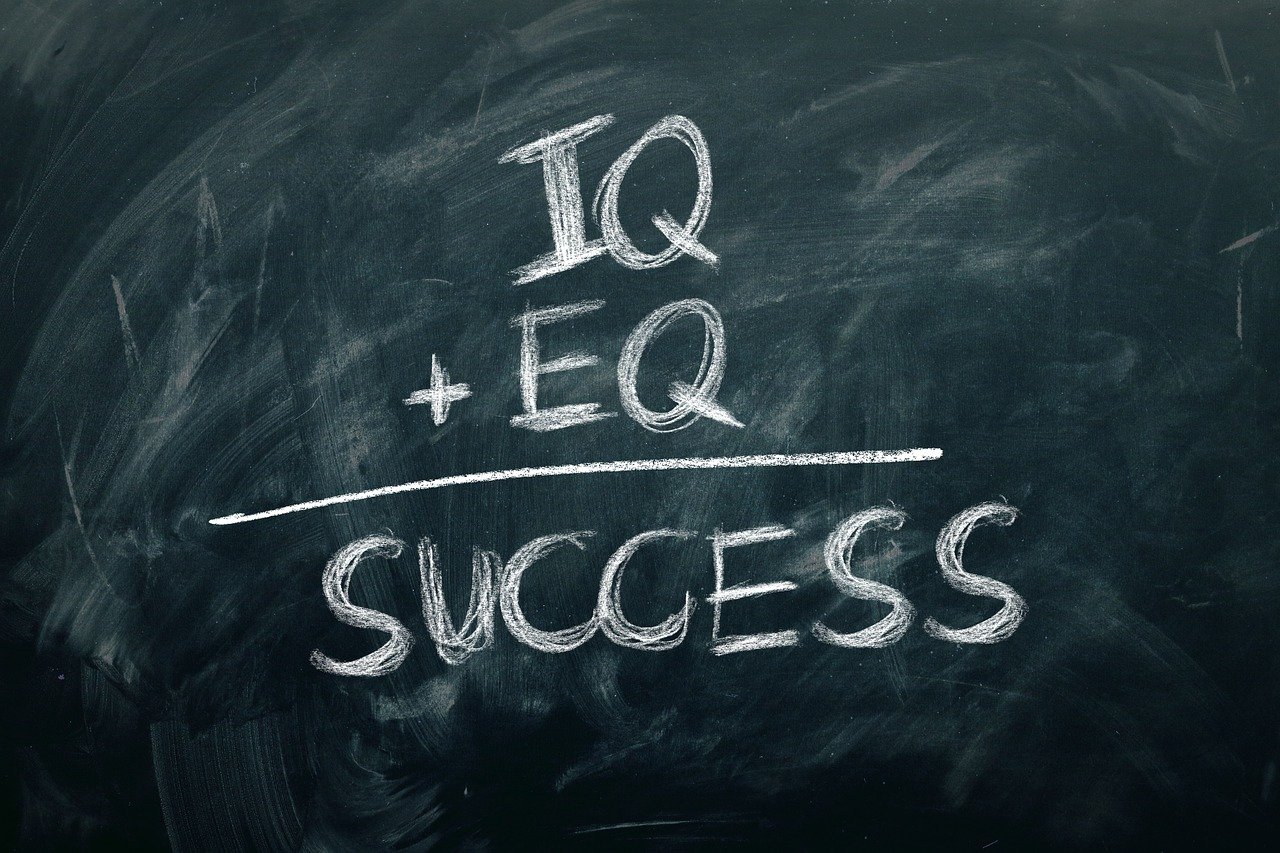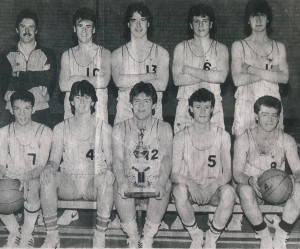Emotional intelligence in sales: beyond the metrics and scripts
Emotional intelligence in sales: beyond the metrics and scripts.
It might only have been last month when I was writing about the importance of lead indicators – outreach, meetings, proposals, money, do you remember?
Then, in the middle of that it was all about the importance of process – the process is the goal after all?
In a clear bout of contradiction Im going to quote quote Oscar Wilde and say “Consistency is the last refuge of the unimaginative.”
I don’t intend to fully contradict myself here, rather offer thoughts that should run harmoniously with your process but given the demands for accurate and extensive data, CRM management, reports, reports and more reports the real challenge is finding the time to get everything done.
Most sales leaders, have to be all over the pipeline, sales funnels, dashboards, charts and reports.
They are a sales imperative and great management tools but there is no buyer alive that is interested in any of your predictive analytics, flow charts, data or metrics.
The truth is that they aren’t even all that wowed by creative excellence of your Keynote / PowerPoint – and the fact that everything is aligned and the logo isn’t stretched.
Someone somewhere said that over 80% of buyers have their minds made up before you get in front of them – if that’s close to true, what use is any fancy presentation?
Buyers are way too informed, too emotionally intelligent, and too overwhelmed to be moved by superficial selling.
Activity = results?
Or the “right kind of activity = results” but it needs to become sophisticated than that…if you were a buyer would you just want to be treated like a statistic?
How many of you have died a 1,000 deaths in the pipeline meeting – both as sales person and sales leader. Nothing more than a smoke and mirrors session.
Becoming a slave to CRM – which is what most of us have become – means that we are only looking at the data and not at what “motivates’ the data – either in its current state or in a way that allows you to manipulate change to the data.
Move away from the work environment to your home life, your friends and relationships.
Is the real value of your relationships determined by any supporting data or the fact that you turn up present and aware of what and who you are faced with?
We’ve all been in those interpersonal moments where the temperature drops, tone change, language too maybe – in sales you call those buying signals but in personal relationships you are only noticing what is important, right?
You are being present. You are listening intently. You speak from the heart and not performing from a script.
Back to the office where everyone uses the CRM and the data to defend what they are doing, good or bad.
Of course the data isn’t lying – it’s just telling you what you want to see.
I’m the worst for uniformity in presentations, following a process, capturing data but I’ve never bought from myself, nor would I…
What needs to compliment the rigorous application of process is the application of emotional intelligence at Master level.
As a sales leader you must start interrogating the data in a different way – if you’re looking for stats there’ll be no shortage but if you’re looking for answers, then its behaviour that needs to be measured and managed.
Today’s buyers, whether they are defined by generational behavioural shifts or simply lack trust in contemporary sales techniques, may well have their minds made up whilst you’re still in reception.
And remind me again how hard getting that meeting was?
What does your team understand about non-verbal communication?
Body language, shifts in posture, position of arms, legs…?
Improving performance in sales needs an awareness of body language, energy shifts, change in tone of voice…
How much of your pipeline is built on gut feel of a sales person who has only spoken to someone in procurement, as an example?
Better still someone who has only ever emailed someone in procurement?
Wittingly or otherwise, buyers and sellers are giving of signals and cues all the time – patterns of communication and dialogue present themselves constantly, if you know what to look out for.
Beneath everything someTHING is motivating their behaviour – be it personal or professional…then you’re into Position v Interest…what can you do to uncover the real reason for their yes / no / maybe?
Critical thinking will help, but critical listening will help even more.
And watching.
Is that even a thing…critical watching?
I know that businesses spend a lot of money is on CRM training – insuring that data input is correct, syndicated across the team and updated in real time.
I know that plenty of effort goes to into creating sales presentations with that “wow” factor.
But as buyers become better educated, more time-poor and still highly adverse to risk then maybe one of the keys to success is to spend more time on the qualitative side of your pipeline and sales process:
– asking hard questions on the depth and quality of existing relationships
– tracking conversations more so than clicks or open rates
– implement more meaningful next task/actions from the buyer
– creating multiple touch-points with the buyer
AND so to improve seller listening…what are they to listen out for…?
– change in tone
– body language
– actual language
– synchronicity / mirroring
– chemistry
In sales we often spend too much time looking at what we can see and not enough time on what remains unseen. The CRM captures the ‘known’ better questioning techniques, emotional intelligence and observing will help uncover the unseen and the hidden – all of which will help to determine and understand quickly the real intent of the buyer.
That’s all that matters.
Thanks for reading.






